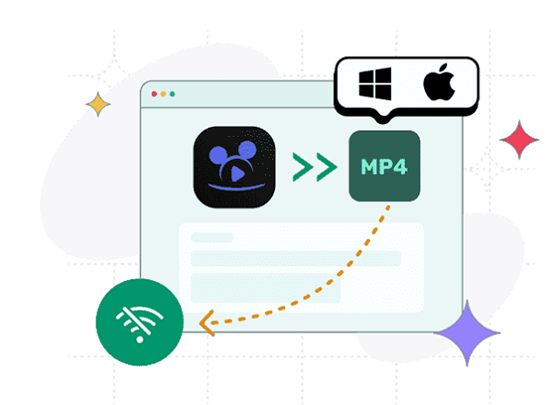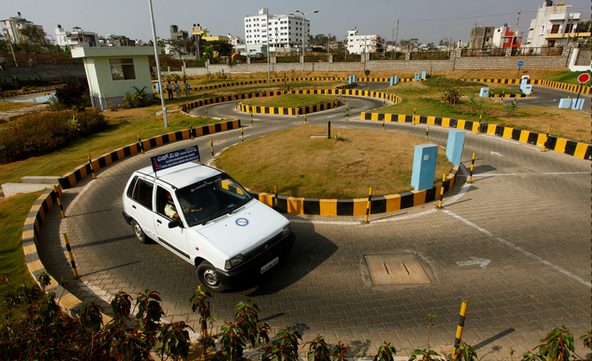Is your home wireless network secure? If you have to ask, it’s probably not. A vulnerable network can fall victim to hackers who can take over your devices and steal your personal information.
You need to sign into your wireless gateway’s admin dashboard to secure it from hackers. You’ll also need to change your network login credentials. Encrypt your network, and remember to install software and firmware updates as soon as they become available. Turn on your gateway’s firewall protection, and set up a guest network for added security.

Secure Your Wireless Gateway
Have you changed your wireless gateway or router’s default login credentials? You need to, because these default credentials are easy for hackers to look up online. They don’t even have to go to the dark web – they can just use Google to look them up.
Type your router’s IP address into the URL field of a web browser and use the default credentials to log into your router’s admin dashboard. The default credentials should be written on the bottom of your router or in the documentation that came with it. Change your gateway’s admin password and username. Use a secure password and change it every six months.
Change Your Network Login Credentials
You’ll also need to change the login credentials for your wireless network. Change your default service set identifier (SSID) to a personalized one that does not contain your name, address, or other identifying information. Set up a secure wireless password. You’ll want to change this password at least every six months.
Encrypt Your Network
While you’re in your router’s admin dashboard, make sure WPA3 encryption is enabled. This is the latest level of network encryption available for wireless networks. If your router only has WPA2 or even worse, WPA or WEP, you need a new router.
Keep Your Router and Devices Up to Date
Another important thing you need to do while you’re in your wireless gateway’s admin dashboard is make sure to install any firmware updates that may be waiting. You should regularly check for updates or set them to install automatically. These updates are very important from a security standpoint – they typically contain fixes for known security issues that the manufacturer has identified. If you don’t install the updates, you’re just leaving yourself open to hackers who know how to exploit those security flaws in the device.
You should make sure your devices are always running the latest updated software, too. Even if your wireless network is secure, cyber criminals could still target your mobile devices and computers with malware and ransomware. Install software updates on all your devices as soon as they become available to minimize the number of threats you’re vulnerable to.
Turn on a Firewall
A firewall scans all the data that wants to access your network and blocks access to anything that it considers suspicious. It’s an additional layer of protection against hackers, viruses, malware, and ransomware. Many routers have built-in firewalls, but there may be a setting you’ll have to enable in the admin dashboard. If your router or gateway doesn’t have a built-in firewall, use a security solution from a reputable manufacturer like Trend Micro.
Set Up a Guest Network
A guest network can be an important security tool for your network for two reasons. The first one is that you don’t know where your guests’ devices have been, so to speak. Your guests may not be as security conscious as you and may be more vulnerable to hackers, ransomware, malware, and viruses. Your guests’ phones and tablets may be riddled with malware and viruses just waiting to jump onto your own devices through your home network.
If you set up a guest network, you can still give out your Wi-Fi password to guests without risking your home network security. Since they’ll be segregated from your regular personal network, any malicious software they may have won’t be able to get onto your devices.
Another reason you need a guest network is because it’s the safer way to connect your Internet of Things (IoT) devices to your home network. Smart devices don’t tend to have the best security. Many of them have no security at all, and not enough computing power to run any security software or support any security features at all. Hackers know this and they’re adept at breaking into these devices in order to access your network. Put your smart devices on a guest network to keep hackers away from your phones, laptops, tablets, and computers and the sensitive data they contain.
Is your home network safe? Sad to say, it’s probably not. Secure your home network now, or you might regret it later.


























